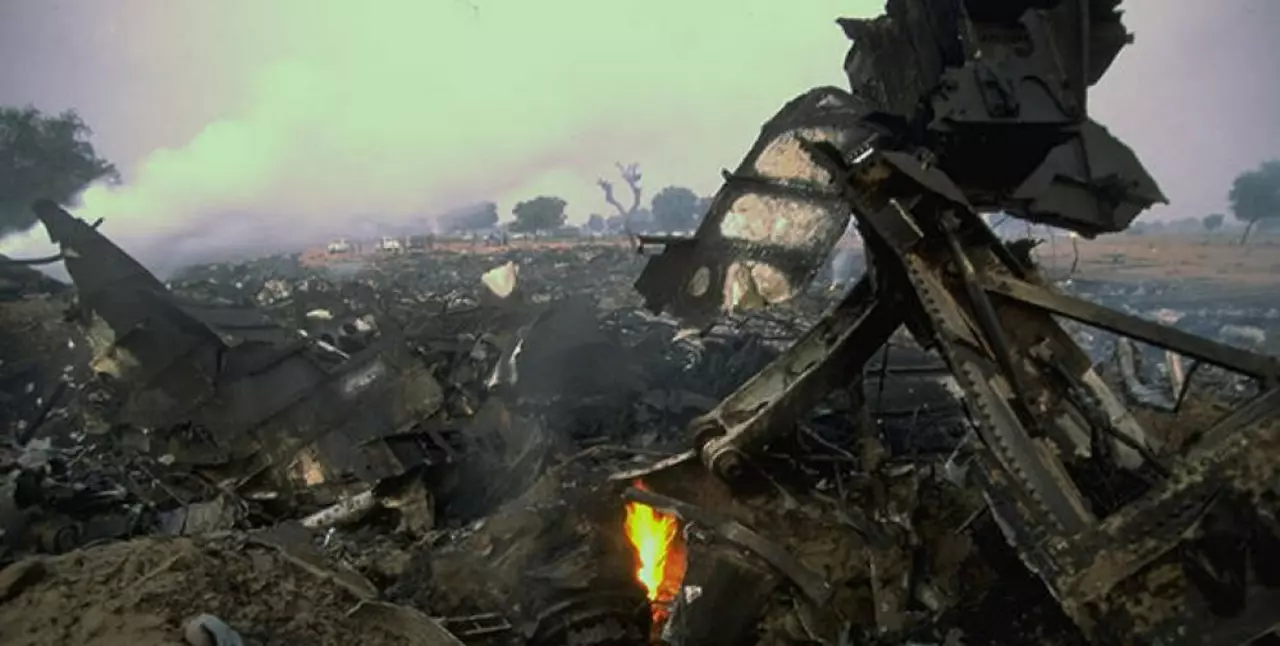What is the Charkhi-Dadri mid-air collision?
The Charkhi-Dadri Mid-Air Collision: A Brief Overview
As a blogger, I find it essential to discuss some of the most significant events in aviation history. One such event is the Charkhi-Dadri mid-air collision, which occurred on November 12, 1996, and remains one of the deadliest mid-air collisions in history. In this article, I will provide an overview of the incident and delve into the key factors that contributed to this tragic event.
The Two Aircraft Involved in the Collision
On that fateful day in 1996, two aircraft were involved in the collision. The first was Saudi Arabian Airlines Flight 763, a Boeing 747-100B, which was en route from Delhi, India, to Dhahran, Saudi Arabia. The second aircraft was Kazakhstan Airlines Flight 1907, an Ilyushin Il-76, traveling from Chimkent, Kazakhstan, to Delhi. Both aircraft were operating on Instrument Flight Rules (IFR), which require pilots to rely on their instruments for navigation and to maintain separation from other aircraft.
The Tragic Chain of Events
The collision occurred at an altitude of 14,500 feet, as both aircraft were approaching Delhi's Indira Gandhi International Airport. The Saudi Arabian Airlines flight was ascending after takeoff, while the Kazakhstan Airlines flight was descending for its approach to land. The two planes collided in mid-air, with the left wingtip of the Ilyushin Il-76 slicing through the Boeing 747's tail section. The impact caused both aircraft to spiral out of control and crash to the ground, killing all 349 passengers and crew members on board both flights.
Investigation and Contributing Factors
Following the tragic incident, a thorough investigation was conducted to determine the causes of the collision. The investigation revealed several contributing factors that led to the mid-air collision. One of the key factors was poor communication between the pilots and air traffic control (ATC). Language barriers and confusion over instructions played a significant role in the miscommunication between ATC and the pilots of the Kazakhstan Airlines flight.
Another crucial factor was the limited radar coverage in the area, which made it difficult for ATC to maintain proper separation between the two flights. Additionally, the lack of proper equipment, such as the Traffic Collision Avoidance System (TCAS), contributed to the inability of the pilots to detect the impending collision in time to take evasive action.
Aftermath and Changes in Aviation Regulations
The Charkhi-Dadri mid-air collision led to significant changes in aviation regulations and safety measures to prevent such incidents in the future. One of the most notable changes was the mandatory installation of the Traffic Collision Avoidance System (TCAS) on all commercial aircraft worldwide. This system alerts pilots of potential collisions and provides instructions on how to avoid them.
Additionally, improvements were made in communication between pilots and air traffic control, with an emphasis on the use of standardized phrases and clear instructions. Efforts were also made to enhance radar coverage in the region and upgrade air traffic control systems to better monitor and manage air traffic.
Remembering the Victims and Lessons Learned
The Charkhi-Dadri mid-air collision remains one of the deadliest aviation accidents in history, claiming the lives of 349 innocent people. As we remember the victims of this tragic event, it is crucial to acknowledge the lessons learned from this incident and the significant improvements made in aviation safety since then. While we cannot change the past, we can ensure that such incidents serve as a stark reminder of the importance of vigilance, communication, and continuous advancements in aviation safety.




